Ever looked at your plain apartment balcony and wondered what might be? That overlooked outdoor nook definitely holds untapped possibilities.
With a few smart ideas, renters can turn even the smallest balconies into lush green retreats, without risking their bond. In less than a week, you can enjoy a cup of soothing tea, surrounded by beautiful plants.
Here’s how to build your very own slice of nature—no drilling or permanent changes required.
Assess Your Space and Light Conditions
Start by getting to know your balcony. How big is it, and how much sunlight does it get? Watch how the light shifts throughout the day to know where your sun-lovers and shade-seekers should go.
If space is tight, measure the railing or walls to plan for hanging pots or vertical planters. Note the wind direction too, since strong gusts can damage tender plants. In such cases, you can use heavier pots, a bamboo screen, or even sturdy plants as natural windbreakers.
A few perceptive notes about space, light, and wind will help you design a garden that thrives instead of one that struggles.
Choose Low-Maintenance Plants
Turn your balcony into a green haven with plants that tolerate our climate. Think hardy succulents like Aloe vera, Echeveria, and Sedum, or aromatic herbs such as rosemary, thyme, mint, and basil—all perfect for pots and minimal watering.
For a splash of colour, brighten your home with pansies, geraniums, or Kangaroo Paw. For an easy-to-maintain patch, it’s best to pick tough Aussie natives that handle sun and heat nicely.
Mixing heights and textures instantly adds drama to a small balcony. Place taller plants at the back, trailing varieties like Ivy Geraniums at the edges, and cluster medium plants in the middle for a lush, layered effect.
Herbs are a win-win. They look great and provide you with rich flavours, fresh from the balcony to your kitchen.
Start small and experiment. And when you have a minute, stop by your local nursery—they’re goldmines of advice and often know which native or hardy plants flourish in your suburb.
Use Portable, Lightweight Containers
Your pots and planters make all the difference in a rental setting. Plastic or fabric options are light and easy to move when the seasons shift or you need to reorganise.
Just make sure your pots have drainage holes. Without them, water pools at the bottom and turns roots into mush. This is a serious matter, as nothing kills a plant faster than soggy roots.
Cluster smaller pots together for a layered look and easier watering. Keep your balcony’s weight limit in mind, especially if you live in an older building.
You can also use containers that match your style, but keep portability and good drainage in mind. Try earthy terracotta for a natural look or bright colours for something more playful.
Go Vertical to Save Space
Running out of floor space? No problem. Use your walls and railings instead. Vertical gardening lets you pack in more greenery without making your balcony feel cramped. It’s a total game-changer for small spaces.
Think tiered plant stands, wall-mounted pots, or even hanging baskets. They’re perfect for herbs, succulents, or cascading flowers like Ivy Geraniums and Petunias.
Consider also climbers such as Star Jasmine or Clematis. These balcony favourites can turn a plain railing into a leafy backdrop, adding height, dimension, and a touch of privacy.
When you go vertical, it’s absolutely important to secure your planters well, especially on breezy balconies. And to really accommodate your plants, arrange sun-loving plants at the top and shade-tolerant ones lower down.
Start small to see what works in your balcony’s unique microclimate. With a little creativity, vertical gardening turns even the tiniest balcony into a layered, lush oasis.
Keep a Simple Watering Routine
Start by checking your plants’ soil every few days. A quick poke with your finger tells you whether they’re thirsty or happy.
Group plants with similar water needs together. Hardy succulents like Aloe vera and Sedum can go longer between drinks, while herbs and flowering natives appreciate a regular splash.
Self-watering pots are a lifesaver, especially during busy weeks or when the Aussie sun is blazing.
Timing makes a big difference too. Early mornings or late afternoons are ideal, as the lower temperatures help the soil get a good soaking before the sun comes out.
As a rule, during hot summer months, you’ll need to water more often, while winter’s cool days require less. As for busy renters, a digital reminder or simple calendar note will keep your watering consistent.
Fertilise and Prune Regularly
Organic fertilisers are perfect. They enrich the soil without aggressive chemicals, giving your plants the boost they need during the growing seasons. Typically, that’s spring and summer.
You can also get creative with kitchen scraps for homemade compost. Think coffee grounds, veggie peelings, or crushed eggshells. It’s cheap, eco-friendly, and reduces household waste.
Pruning is just as important. Snip away dead or yellow leaves to encourage healthy growth, improve airflow, and keep pests at bay.
Having done that, rotate your plants a little and remove any overcrowded stems to let sunlight reach all leaves.
You don’t need an arsenal of tools to do the job. A good pair of pruning shears, gloves, and a small spray bottle for misting cut surfaces will make the job easier. And remember to always sanitise your tools, since dirty shears or scissors can spread disease.
Shield Your Plants from Harsh Weather
Balcony gardens can face some tough conditions, like blustery winds, scorching sun, and surprise showers. However, working smart will keep your plants thriving.
On windy balconies, lightweight mesh screens, bamboo panels, or even a row of sturdier pots can act as shields, while wider-based containers prevent your plants from toppling over.
The Aussie sun can be relentless, so throw a small parasol, a piece of shade cloth, or a taller plant into the mix.
It’s also advisable to rotate your pots now and then to keep the leaves happy and upright. Otherwise, they’ll lean more towards the sun and look a bit twisted.
Professional gardeners say that two things are really beneficial for your plants. The first is a quick glance at the forecast each morning, so you can move delicate plants out of harm’s way. And the second is shifting positions as the seasons change.
Keep the Balcony Clean
A balcony garden can transform your rental, but keeping it clean is just as important, especially when it’s time to move out.
Regular upkeep saves you from soil stains, water marks, and the risk of losing part of your bond.
Start with an easy but impactful step. Place some saucers under the pots to catch runoff water. Doing a regular dusting off is just as important. Give the floor a quick sweep or wipe each week to stop leaves and dirt from building up.
When your lease wraps up, a deep clean is worth the effort. Landlords pay close attention to outdoor spaces, and marks from pots or water damage can cost you.
If things look a bit worse for wear, booking professional bond back cleaning services can make life much easier. They know exactly what inspectors look for and have the right gear to tackle stubborn stains.
Once everything is spotless, snap a few photos of your balcony before handing over the keys. A little documentation now can be invaluable later.
Conclusion
A balcony garden transforms your rental from ordinary to inviting. It doesn’t take much—just the right plants, smart containers, and a little patience.
Start small, learn as you go, and before long, your balcony will become your favourite spot in the home. Brew a cup of coffee, pull up a chair, and enjoy the peaceful, green space you’ve created—your very own retreat.

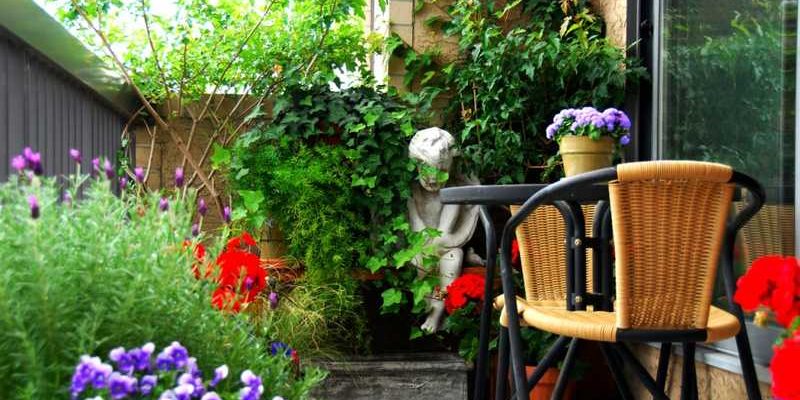
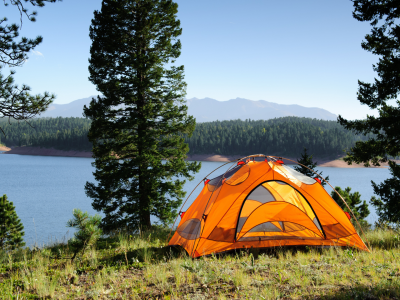
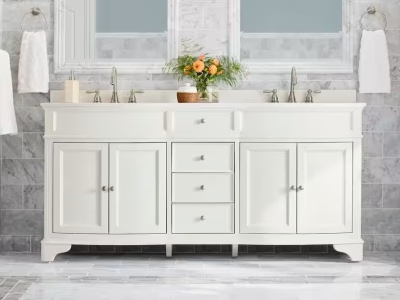
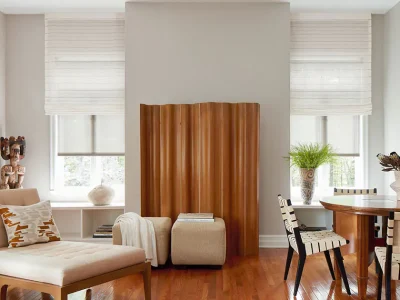
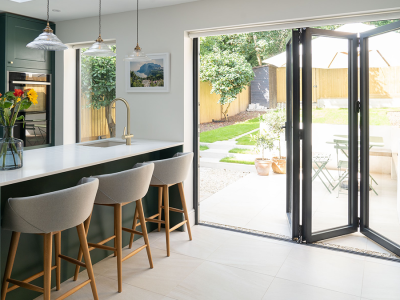
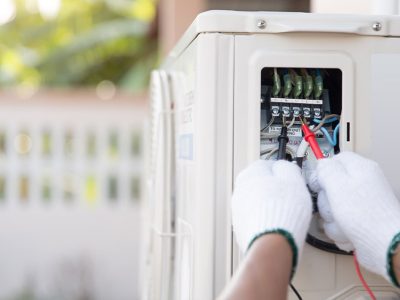
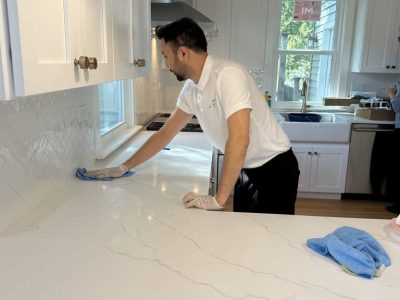

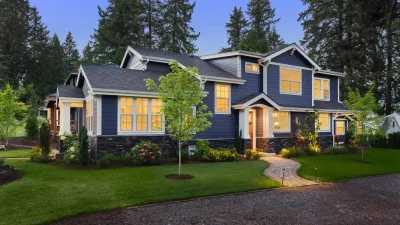
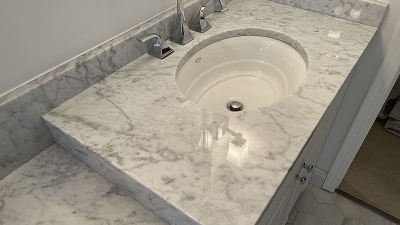


Comments